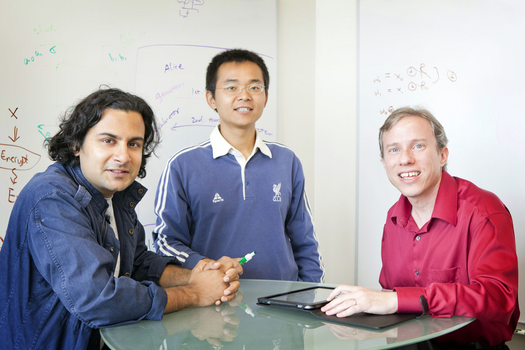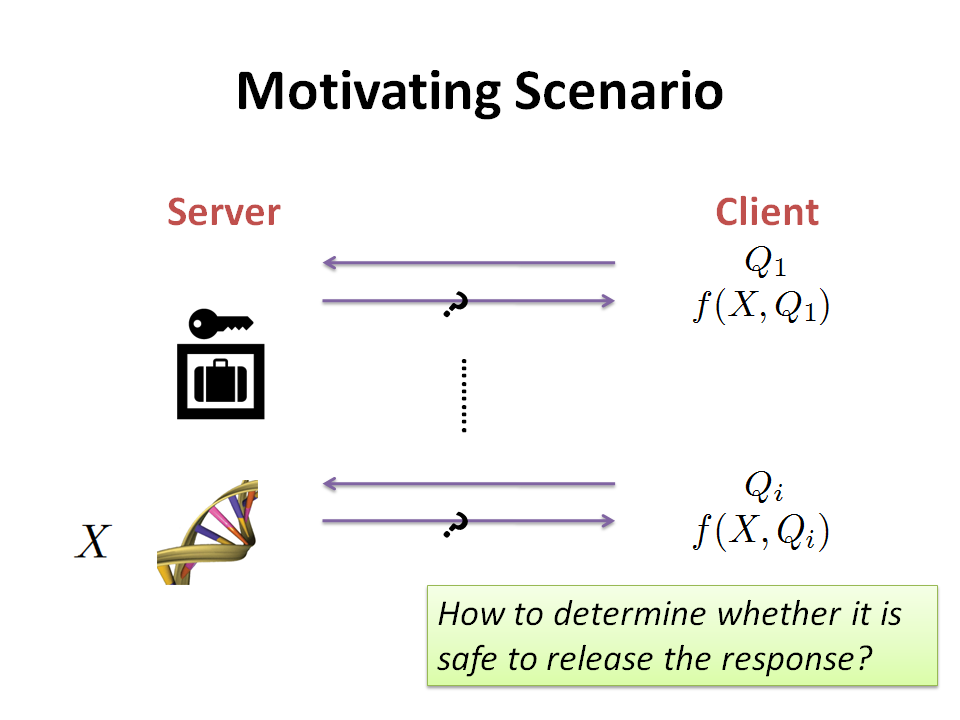University of Richmond Talk
Monday, January 30th, 2012I gave a talk today at the University of Richmond on secure computation, targeted to a general audience. [Richmond Abstract Page]
Abstract
Two-party secure computation allows two parties to compute a function that depends on inputs from both parties, but reveals nothing except the output of the function. A general solution to this problem have been known since Andrew Yao’s pioneering work on garbled circuits in the 1980s, but only recently has it become conceivable to use this approach in real systems. This talk will provide an introduction to secure computation, and describe the work we are doing at UVa to make secure computation efficient and scalable enough to build real applications. The talk assumes no prior background in cryptography, and should be understandable all computing students.
title="Computing Cooperatively with People You Don't Trust"
target="_blank">Computing Cooperatively with People You Don't
Trust
width="425" height="355" frameborder="0" marginwidth="0"
marginheight="0" scrolling="no">
For more, see: MightBeEvil.com





